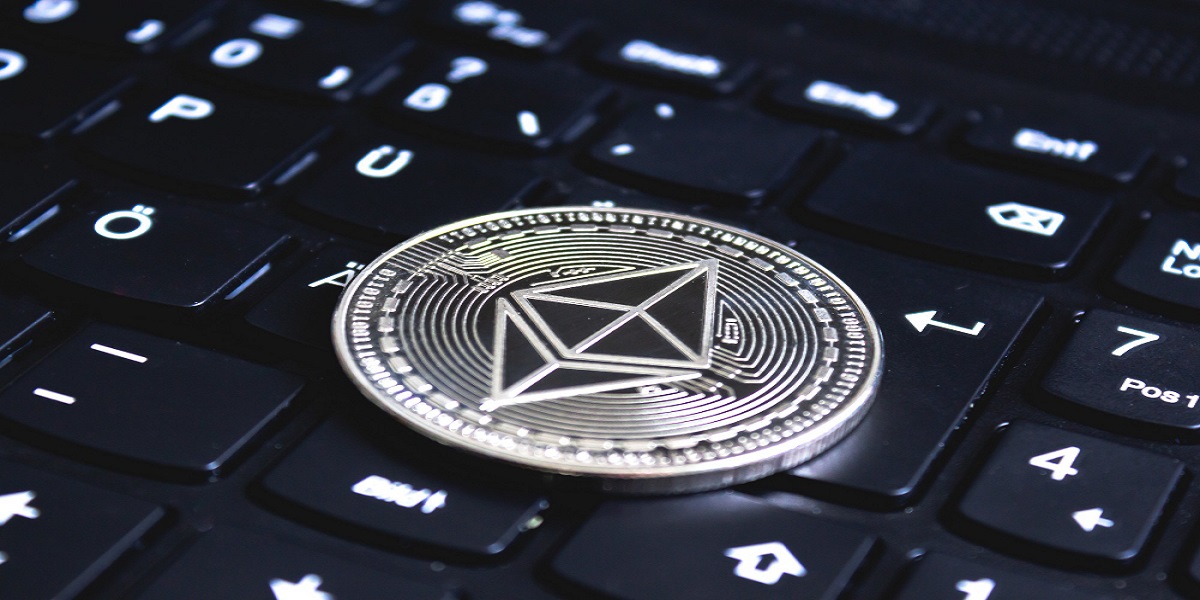In the evolving world of blockchain technology, the decision about which blockchain platform to choose for crypto token development is a critical one. Ethereum, Solana, and Binance Smart Chain (BSC) are among the most used networks for deploying custom tokens. Each of these platforms offers distinct advantages and trade-offs depending on the goals, budget, and technical needs of the project. Whether you are a startup planning a decentralized application or a token development company building a multi-chain ecosystem.
Comparison Based on Performance Metrics, Developer Tools, Ecosystem Maturity
Ethereum: The First-Mover and Smart Contract Pioneer
Ethereum is the most widely adopted blockchain platform for decentralized applications and crypto token development. Introduced in 2015, Ethereum set the foundation for programmable smart contracts and introduced the ERC-20 token standard, which is still the most used format for fungible tokens. As of early 2025, Ethereum hosts over 800,000 token contracts and supports a vibrant ecosystem that includes DeFi platforms, NFTS, DAOS, and Layer 2 solutions.
Ethereum’s main strength lies in its security and decentralization. It has the largest number of active nodes, making it one of the most secure blockchains. Its smart contract language, Solidity, has become a go-to for blockchain developers and has a massive repository of open-source tools, libraries, and tutorials. However, this network also faces some limitations. Despite transitioning from Proof-of-Work to Proof-of-Stake in 2022 (Ethereum 2.0), Ethereum still struggles with high gas fees and network congestion during peak usage times. Transaction costs can range from a few dollars to over $50, depending on the complexity and network activity.
For a token development company focused on long-term sustainability and high-value DeFi applications, Ethereum remains a strong choice. Its mature infrastructure and strong community support make it ideal for projects that require high levels of trust and adoption. However, budget-sensitive projects or those requiring high transaction throughput may find its limitations restrictive.
Solana: High-Speed Transactions and Low Costs
Solana entered the scene in 2020 and quickly gained popularity for its high-speed, low-cost transactions. Solana’s core strength lies in its unique consensus mechanism called Proof of History (PoH), combined with Proof of Stake. This hybrid mechanism enables the network to process over 65,000 transactions per second with fees as low as $0.00025 per transaction. This performance makes Solana a competitive choice for applications that demand scalability, such as gaming, NFT marketplaces, and microtransactions.
In terms of developer experience, Solana is still maturing. It uses Rust and C for smart contract development, which has a steeper learning curve compared to Solidity. While this may be a challenge for some teams, the upside is that it provides better memory management and execution speed. Solana’s ecosystem is growing rapidly with platforms like Serum, Raydium, and Magic Eden gaining traction. Despite its impressive throughput, Solana has experienced several network outages, raising concerns about its stability and decentralization. The lower number of validators compared to Ethereum and BSC also affects its decentralization metrics.
For a token development company building high-volume applications or experimenting with new user interactions, Solana offers significant advantages. It provides a cost-effective and scalable solution that is particularly suitable for projects where user transaction frequency is high. However, teams must weigh the trade-offs in terms of network reliability and the relative novelty of its development ecosystem.
Binance Smart Chain (BSC): The Fast Follower with EVM Compatibility
Binance Smart Chain, now rebranded as BNB Chain, was launched in 2020 as a parallel chain to Binance Chain. It offers Ethereum Virtual Machine (EVM) compatibility, allowing developers to use Solidity and port their Ethereum applications and tokens with minimal adjustments. This has made BSC a go-to choice for many projects seeking a faster and cheaper alternative to Ethereum without abandoning the familiar development framework.
BSC uses a consensus mechanism called Proof of Staked Authority (PoSA), which enables it to process transactions faster and more cheaply. Average transaction costs are typically less than $0.10, and block confirmation times are around 3 seconds. While BSC benefits from the backing of Binance’s vast user base and liquidity, its centralization has been a frequent topic of debate. The relatively small number of validators (around 21 active validators) means that it is not as decentralized as Ethereum or even Solana in certain respects.
For crypto token development, BSC provides a practical balance between cost, speed, and usability. A token development company targeting rapid deployment and integration with existing DeFi tools often chooses BSC because of its extensive support for wallets, exchanges, and developer tools. However, those building applications that require a high degree of decentralization and regulatory compliance may need to consider these trade-offs carefully.
Developer Ecosystems and Tooling
Ethereum has the richest development ecosystem, with tools like Truffle, Hardhat, Infura, Alchemy, and OpenZeppelin streamlining token creation and deployment. Its documentation is extensive, and developer forums are active, making it easier for newcomers and professionals to find support.
Solana’s developer environment is improving steadily. Anchor framework and Solana Labs have released more resources to reduce onboarding friction, but the ecosystem still lacks the depth and maturity of Ethereum’s. That said, Rust developers may find Solana appealing because of its performance advantages.
BSC, being EVM-compatible, allows seamless reuse of Ethereum’s tools and frameworks. This significantly lowers the entry barrier for developers already familiar with Solidity. It also supports popular token standards like BEP-20, which are almost identical to ERC-20 in structure and usage.
Ecosystem Support and Community Adoption
In terms of user base and adoption, Ethereum leads with the largest DeFi and NFT ecosystems. Platforms like Uniswap, Aave, and OpenSea dominate their sectors and run on Ethereum. The Layer 2 scaling solutions such as Arbitrum and Optimism have further extended Ethereum’s reach by reducing costs and increasing throughput.
Solana’s ecosystem, while smaller, is growing rapidly with innovative projects and an enthusiastic community. Its high throughput has enabled it to carve out a niche in gaming and real-time applications. However, occasional outages and security concerns have slowed down institutional adoption.
BSC benefits from Binance’s vast network and user access. Many popular wallets and exchanges support BEP-20 tokens by default, and this ecosystem is particularly attractive for projects targeting Asia and emerging markets. The low cost of token deployment and broad compatibility make BSC a preferred choice for early-stage projects looking for traction.
Cost Analysis: Token Deployment and Usage
The cost of deploying a token contract and using it varies significantly across platforms. On Ethereum, deploying a basic ERC-20 token can cost between $500 and $3,000 depending on network congestion. Transaction fees add to this over time. On Solana, token creation is far more affordable, often costing less than $5 for deployment and only fractions of a cent for transactions. On BSC, deploying a BEP-20 token typically costs less than $100, with transaction fees staying under $0.10.
For startups or token development companies that need to balance performance with cost, Solana and BSC offer more budget-friendly paths. Ethereum, while costlier, justifies the investment with higher security and broader market access.
Final Verdict:
There is no universal “best” blockchain for crypto token development—it depends on the project’s specific needs. If security, decentralization, and integration with DeFi giants are top priorities, Ethereum is unmatched. If your application requires high-speed processing and cost-efficiency, Solana is worth considering, especially for interactive or consumer-heavy platforms. If you are focused on fast market entry, lower costs, and a ready-made user base, BSC provides an optimal balance.
For a token development company, the choice often hinges on client goals, regulatory requirements, and scalability plans. A forward-thinking approach might include multi-chain token deployment to leverage the strengths of each platform while mitigating individual limitations.
In conclusion, Ethereum, Solana, and BSC each offer robust infrastructures for crypto token development. Knowing the trade-offs and aligning the choice with your strategic goals is key to making the most out of what each has to offer.



